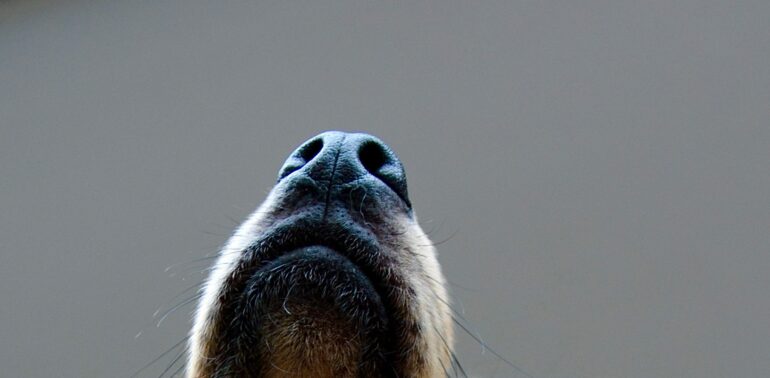A dog raises its nose in the air before chasing after a scent. A mosquito zigzags back and forth before it lands on your arm for its next meal. What these behaviors have in common is that they help these animals “see” their world through their noses.
While humans primarily use their vision to navigate their environment, the vast majority of organisms on Earth communicate and experience the world through olfaction – their sense of smell.
We are members of Odor2Action, an international network of over 50 scientists and students using olfaction to study brain function in animals. Our goal is to understand a fundamental question in neuroscience: How do animal brains translate information from their environments to changes in their behaviors?
Here, we trace the interconnections between smells and behaviors – looking at how behavior influences odor detection, how the brain processes sensory information from smells and how this information triggers new behaviors.
Visualizing what smells look like helps researchers design technologies that detect odors as well as a dog can.
Detecting odors in the environment
When the odor of a flower is released into the air, it takes the shape of a wind-borne cloud of molecules called a plume. It encounters physical obstacles and temperature differences as it flows through space. These interactions create turbulence that splits the odor plume into thin threads that spread out as the scent moves away from its source. These filaments eventually reach an animal’s nose or an insect’s antenna.
Odors that are broken up into filaments present a challenge to animals using them to find food or mates or avoid threats. It becomes difficult to predict precisely where the odor is coming from. Is the source directly ahead, to the left or right, above or below?
This video by the Crimaldi Laboratory of the University of Colorado Boulder shows an odor plume developing behind a moving source over time. The source moves up and down from the left side, and the odor flows from left to right.
To work around this, animals have evolved what are called active sensing behaviors that improve their ability to detect and find odors in the environment.
When a fly detects the smell of fruit or a mosquito detects carbon dioxide from a possible host, for example, both insects first move upwind to get closer to the odor of the food source. They then move in a meandering, back-and-forth motion called casting to find more odor threads before surging upwind again. If they lose the scent, they’ll start casting again until they find the scent. Larger animals, such as mice and dogs, also alternate between more directed movements and more exploratory searching actions.
Animals also move their noses and antennae to improve the chances that they’ll encounter an odor. This is why dogs raise…



